Nestled in the heart of Gloucestershire in central England sits a tiny market town perched upon a hill. Stow-on-the-Wold is a quaint, civil parish located at the confluence of the Cotswolds’ main roads––a veritable blink-and-you’ll-miss-it vantage point that has become a popular tourist area, as well as a charming home, steeped in history and activity, to roughly 2,000 citizens. Stow-on-the-Wold is the highest of the Cotswold towns, standing at 800 feet above sea level, making it the highest town in the Cotswolds and located at the junction of major roads, including the Roman Fosse Way.
Locals often say this is the place “where the wind blows cold,” reflecting the typical breezy climate, especially in spring and autumn.
The several roads that converge here, contributed to Stow’s historical importance as a crossroads for trade and travel. The town has a long history as a centre of trade and settlement.
With a rich history stretching back to the Iron Age, when a prehistoric fortified settlement first crowned this hill, Stow has long been a place of strategic importance and vibrant town life. Over many centuries, the town flourished as a centre for the wool trade, its prosperity reflected in the handsome stone buildings and the enduring sense of tradition that still defines Stow today. Whether you’re drawn by its storied past or its timeless beauty, Stow-on-the-Wold is a quintessential Cotswold market town waiting to be discovered.
The town is surrounded by beautiful Cotswold’s countryside perfect for walking, a patchwork of green fields and picturesque villages that dot the wold.
History of Stow-on-the-Wold
tow-on-the-Wold was originally the site of an Iron Age fort, chosen for its defensive and strategic importance due to the naturally hilly landscape and high elevation point – a claim bolstered by the countless burial mounds scattered throughout the region. The Battle of Stow-on-the-Wold occurred on 21 March 1646, marking a significant event in the English Civil War.
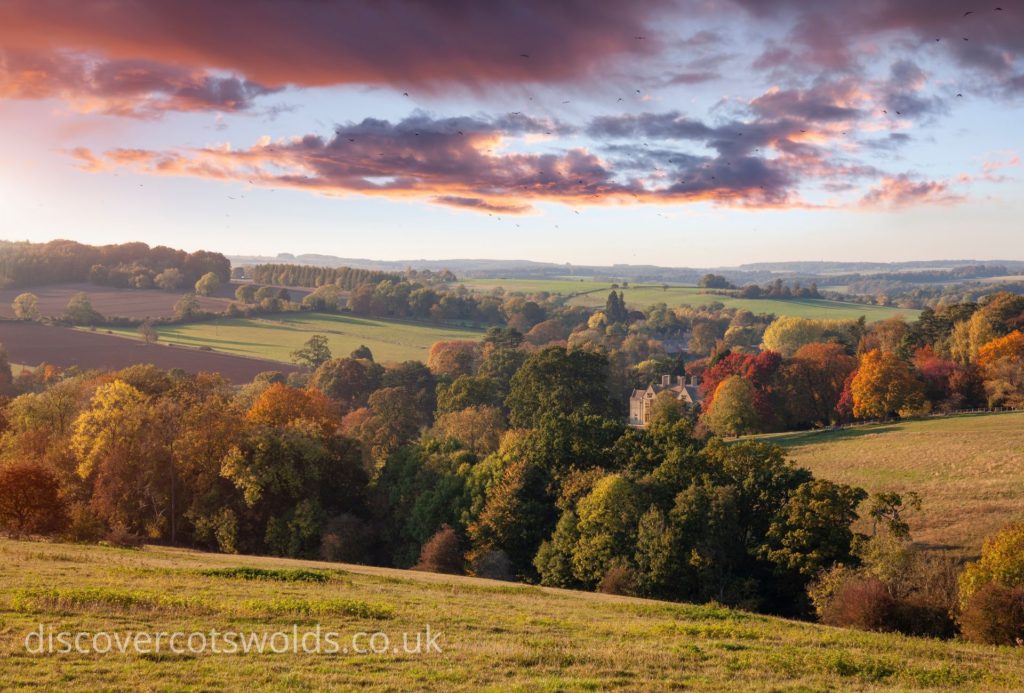
Like many early settlements, location and access were vital points of interest and, given the town’s proximity to crossroads serving many routes, Stow-on-the-Wold was established by settlers hoping to take advantage of passing trade. In fact, to this day, the town operates as a market town, attracting vendors and shoppers alike from across southern England. The Market Square in Stow-on-the-Wold is historically significant and has hosted regular markets since 1107.
Originally, Stow-on-the-Wold was called Edwardstow, likely named for the town’s patron saint, Edward the Martyr, who was King of the English from 975 until his murder in 978.

By the 12th century, Stow-on-the-Wold had firmly established itself as a centre for urban development, as well as a profitable market town –– even receiving designation from King Henry I, including permission to operate its own weekly market. Stow-on-the-Wold received a charter in 1476 to hold two annual fairs, which grew into major events for the wool trade. At the height of the Cotswold wool industry, the town was famous for its annual fairs where as many as 20,000 sheep were sold at one time.
Stow Charter
Additionally, a charter was created not long after (Stow-on-the-Wold, like many other towns at the time, was controlled by abbots from the local abbey) granting the townspeople the right to hold their market every Thursday in the town square. This gave Stow-on-the-Wold significant status over other Cotswold towns. To solidify the charter, a market cross was erected as a designation to the locals that they could ply their business in a safe environment –– a distinction that would continue for over 800 years.
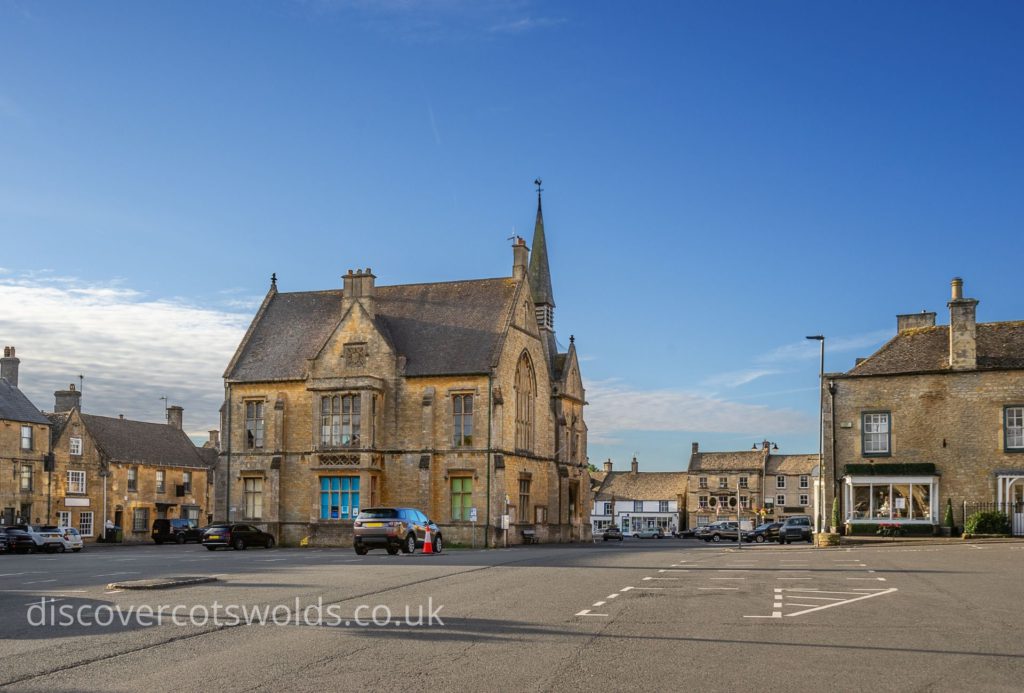
It wasn’t until 1476 when the local abbot petitioned for another charter in order to create two fairs, the first in May and the second in October. The charters were granted for May 12th, the feast of Saints Philip and James, and October 24th, the feast of St. Edward the Confessor. Interestingly enough, these dates are still used today and are also based around the date of the famed Gypsy Horse Fair.
The Battle of Stow-on-the-Wold and the English Civil War
In Stow-on-the-Wold, there are ample sights to see for history buffs. One of the most significant battles fought during the First English Civil War occurred locally quite by accident, between the Parliamentarians and the Royalists. St Edward’s Church was used as a prison for the defeated Royalist troops during the English Civil War.
One of the commanders of the Royalist faction, Sir Jacob Astley, took charge of his 3,000+ strong forces and led them from the West Midlands towards Oxford, but were ultimately intercepted at Stow-on-the-Wold during the early hours of March 21, 1646, by the opposing Parliamentarian Colonel Thomas Morgan.
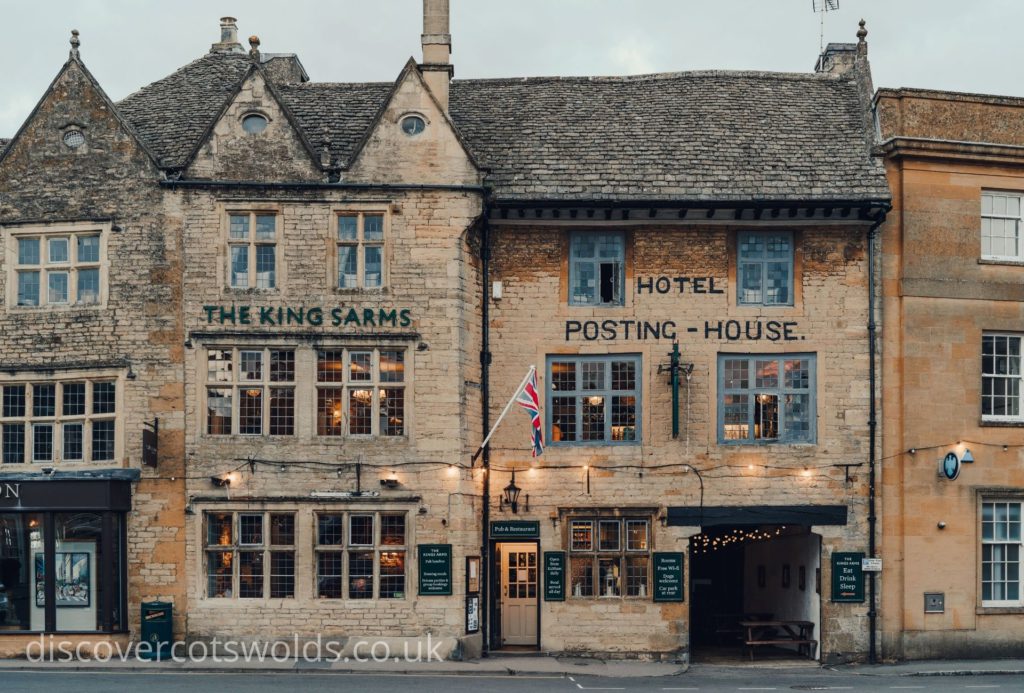
Fighting erupted in the streets and, eventually, the Royalists surrendered, marking the last major battle of the First Civil War. Today, a viewpoint marker is situated close to the top of the hill, adjacent to the footpath to nearby Donnington.
Local Attractions
For those visiting Stow-on-the-Wold from afar and planning on staying for a week or long weekend, there are plenty of local attractions to keep you busy for the duration of your stay. Spend a day exploring the town and its attractions, and enjoy a short walk to nearby sites to fully experience the charm of Stow. Stow-on-the-Wold is also an ideal base for exploring the surrounding area, including picturesque villages and beautiful countryside. Within a 20-minute car journey, you can visit several famous gardens such as Hidcote Manor and Snowshill Manor. Despite its old-world charm and scenic, rural landscapes, Stow-on-the-Wold offers contemporary dining, shopping and attractions for visitors of all ages and interests.
Before you plan your visit, consider the wide variety of accommodation options available for those who wish to stay in Stow, from historic inns to boutique hotels, making it easy to find the perfect place to base your adventures.
Accommodation in Stow on the Wold
For starters, if you want to stay in Stow, you’ll find a wide range of accommodation options, from country cottages to stately inns and some of the best hotels in the Cotswolds. Whether you’re seeking historic charm, boutique comfort, or modern luxury, Stow-on-the-Wold has something to suit every traveller.
This charming, family-owned hotel overlooks the historic Stow-on-the-Wold market square and features picturesque gardens full of vibrant colours and fragrances throughout the spring and summer months.
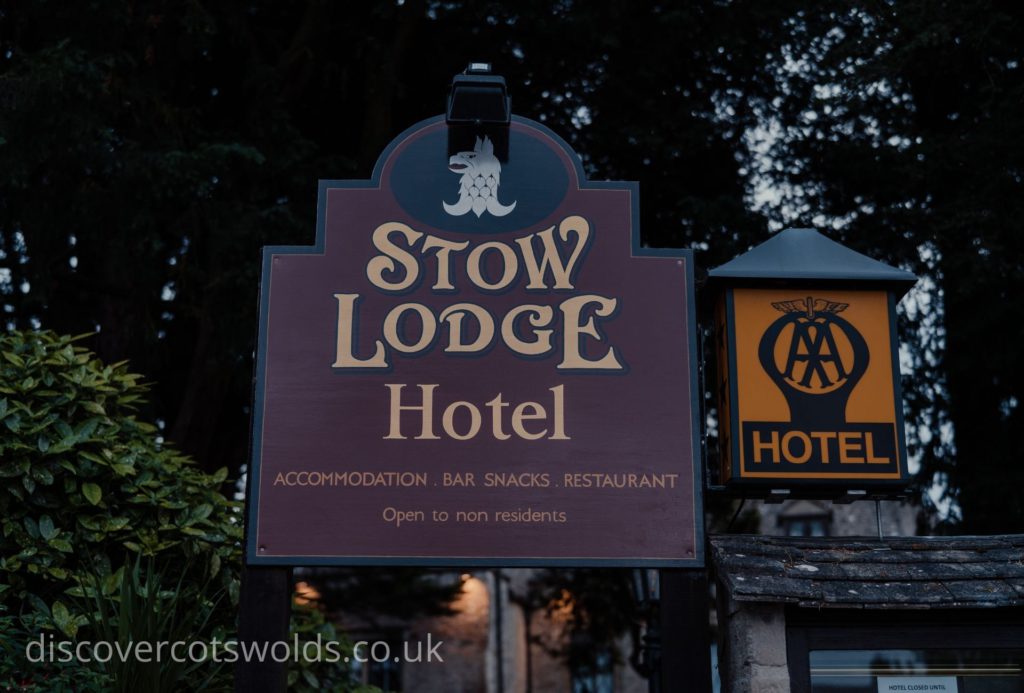
Stylishly decorated in contemporary Cotswold country style, this quaint hotel features seven bedrooms, many with a rewarding view out across Market Square. Given the building’s age (500+ years old), access to some of the rooms is not suitable for those who are less mobile.
Offering superior Cotswold accommodation via 13 elegant rooms in a wonderfully restored Georgian town house, the Stag at Stow hotel is another perfect option. Each bedroom is individually decorated and features its own bathroom and/or shower room. The Lodge House has larger suites for families or those looking for a little more space.
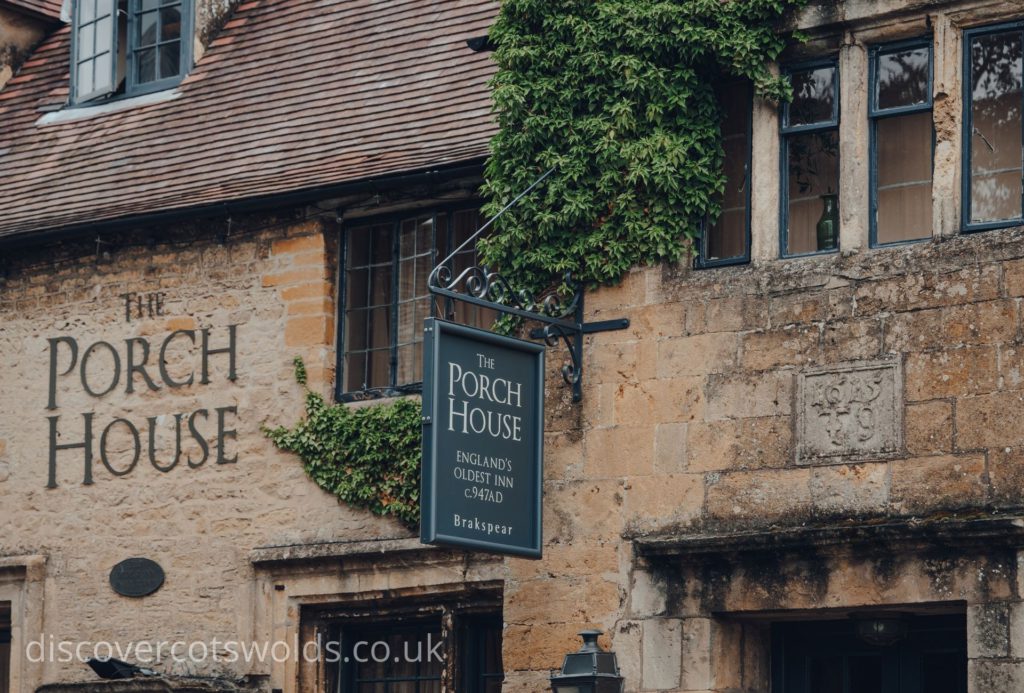
Additional places to stay include The Porch House, The Bell Hotel and The Old Stocks Inn –– all offering reasonably priced accommodation with access to Stow town centre.
Dining in Stow on the Wold
For such a relatively small town, there are plenty of dining options for visitors to Stow: for small to large appetites and budgets.
Inside the charming boutique Sheep Stow Hotel, this laid-back restaurant with its open atmosphere offers fantastic bistro fare, including their famous crispy, wood-fired sour-dough pizzas and a good Sunday roast lunch. In the evening, pull up a stool at the full-length curved bar or pick a charming table on the garden terrace before indulging in one of many flavourful dishes.
Housed in a former butcher’s shop (the clue’s in the name), The Old Butchers has been one of the most popular restaurants in the Cotswolds since 2005. It features casual dining in an inviting atmosphere, plus an extensive menu that caters to all tastes. The restaurant specializes in fish and seafood dishes, such as Dover Sole Meunière and Cornish mussels, and also offers a stand out beef rump dish, showcasing their commitment to quality ingredients.
For those looking to relax in a more traditional town pub, you needn’t look any further than the Queen’s Head in the market square in Stow. This traditional pub, run by Donnington Brewery, serves a good-value menu of classic pub food including steak and ale pie, ham and eggs, and sausage and mash. This famed hangout offers pints and chips at reasonable prices. And it’s dog friendly!
Other fantastic food options in Stow-on-the-Wold include The Talbot, plus great spots for smaller stomachs, like Huffkins Stow Bakery known for its own-blend tea and lardy cakes, Coach House Coffee and The Hive.
The Old Stocks Inn
The Old Stocks Inn serves modern British cuisine, making the most of local, seasonal ingredients and locally sourced produce to create contemporary interpretations of traditional dishes.
Shopping in Stow
Stow-on-the-Wold is a treasure trove for shoppers, with a town centre brimming with independent shops, antique stores, and art galleries. The market square is the heart of the action, where you’ll find everything from quirky boutiques to traditional craft shops. Antique lovers will be in their element, as Stow is famous for its antique shops. Whether you’re searching for rare books, vintage jewellery, or unique home wares, the town’s antique stores and galleries offer endless opportunities to discover something special. Art galleries line the streets, showcasing local and national talent, making Stow a must-visit destination for collectors and casual browsers alike.
Outdoor Activities
Surrounded by the stunning English countryside, Stow-on-the-Wold is the perfect base for outdoor activities. The town is located along the ancient Roman Fosse Way, inviting walkers and cyclists to explore its historic route as it winds through the Cotswolds.
Several long-distance footpaths, including the Cotswold Way and Monarch’s Way, are easily accessible from Stow, offering scenic journeys through rolling hills and charming villages.
For a family-friendly adventure, Cotswold Farm Park is just a short drive away, where visitors can meet rare breeds of farm animals and enjoy hands-on experiences. Golf enthusiasts will appreciate the nearby Stow-on-the-Wold Golf Club, which boasts panoramic views of the surrounding countryside. Whether you prefer a gentle stroll or a day of cycling, the Cotswold landscape around Stow is a haven for outdoor enthusiasts.
Everything else
Another must-see attraction in Stow is St Edward’s Church, named for the town’s patron saint, featuring traditional architecture and an other-worldly, tree-framed entrance that has to be seen to be believed.
The north door of the church is flanked by ancient yew trees, which are said to have inspired the Doors of Durian (the gates to Moria) in J R R Tolkein’s Lord of the Rings, adding to the church’s mystical and historic significance.
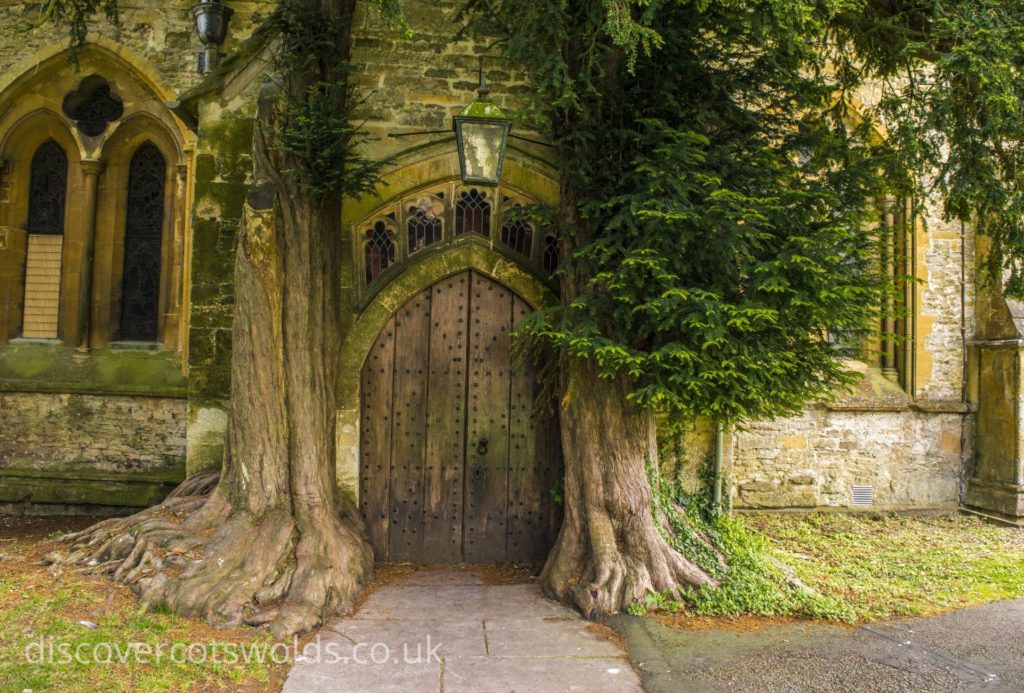
Nearby Cotswold Farm Park is a quick drive from town and features a children’s play park, petting zoo, conservation area and horse rides. Additional accommodation and dining options are available on-site.
For those looking to take in some cultural splendour, one of the greatest spaces in the UK is only a stone’s throw away from Stow town centre. Founded in 1980, Fosse Gallery has regularly featured some of the most important contemporary British art, presenting work by artists of international standing. Stow-on-the-Wold is an important shopping centre with many fine antique shops and art galleries.
Often described as one of the most important UK art galleries, it remains in its original Cotswold location in the centre of Stow-on-the Wold, owned and operated by its friendly and knowledgeable staff.

Take a stroll through the gallery halls before heading out to nearby Lucy’s Tearoom for delicious, home made, locally sourced food ––including breakfast, lunch, traditional afternoon tea and seasonal, plant-based fare.
The Gypsy Horse Fair at Stow-on-the-Wold
Now commonly referred to as The Stow Horse Fair, this celebrated event has been held in Stow-on-the-Wold biannually, in May and October, for hundreds of years and is arguably its biggest draw. Each year, tourists and traveller people from all across the country, have gathered in the town, ever since 1476.
Why Stow-on-the-Wold?
Due to the town’s historically unique location at the crossroads of multiple trackways, Stow-on-the-Wold developed a heavy capacity for trade during the late Middle Ages. Several roads converged here, making it a key trading hub. As travellers made their way from across Wales, the Midlands, the Thames Valley and beyond, they would typically pass through the central Cotswold region to sell their wares in exchange for goods.
Historically and today, Stow’s accessibility is enhanced by public transport and its proximity to the train station in nearby Moreton-in-Marsh.
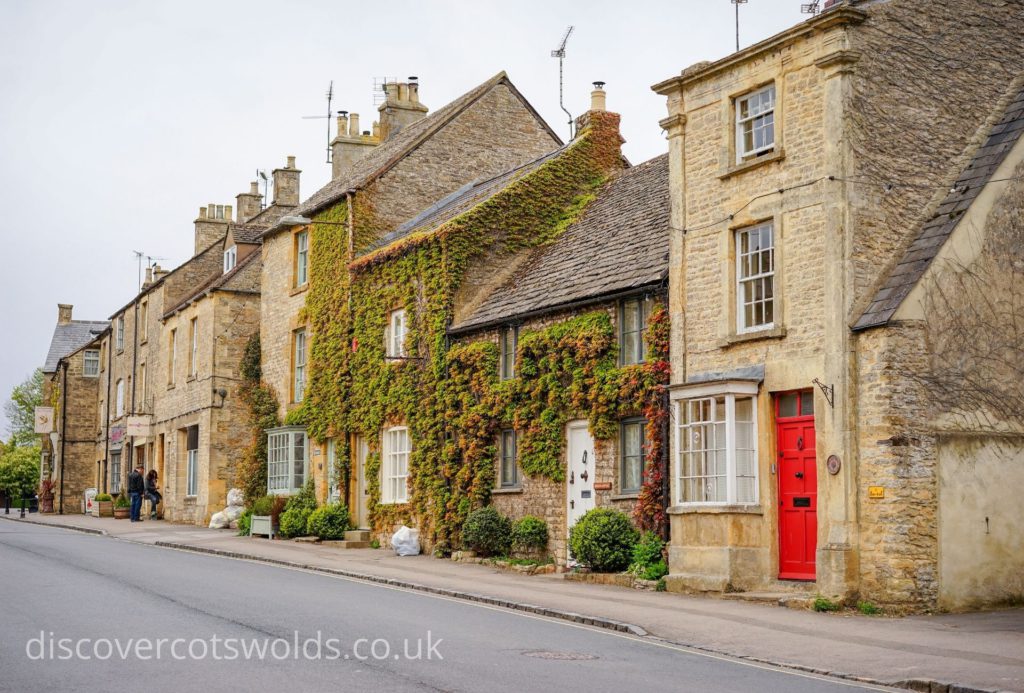
Unlike other towns, Stow-on-the-Wold was able to provide accommodation, including stabling and food, and the early Stow-on-the-Wold settlers, skilled in saddlery, spinning and harness-making, provided their services to those in need. Hundreds of years later, the Stow Horse Fair is a tradition like no other in the area. Horses are still shown, traded and sold in large numbers, but not before a display of riding shows and performances for locals and visitors alike.
Stow-on-the-Wold Market
One of the most well-known and scenic of all the Cotswold towns, Stow-on-the-Wold is, first and foremost, a market town. The first known weekly market occurred in 1107, at the behest of King Henry I who decreed that all proceeds be given to Evesham Abbey.
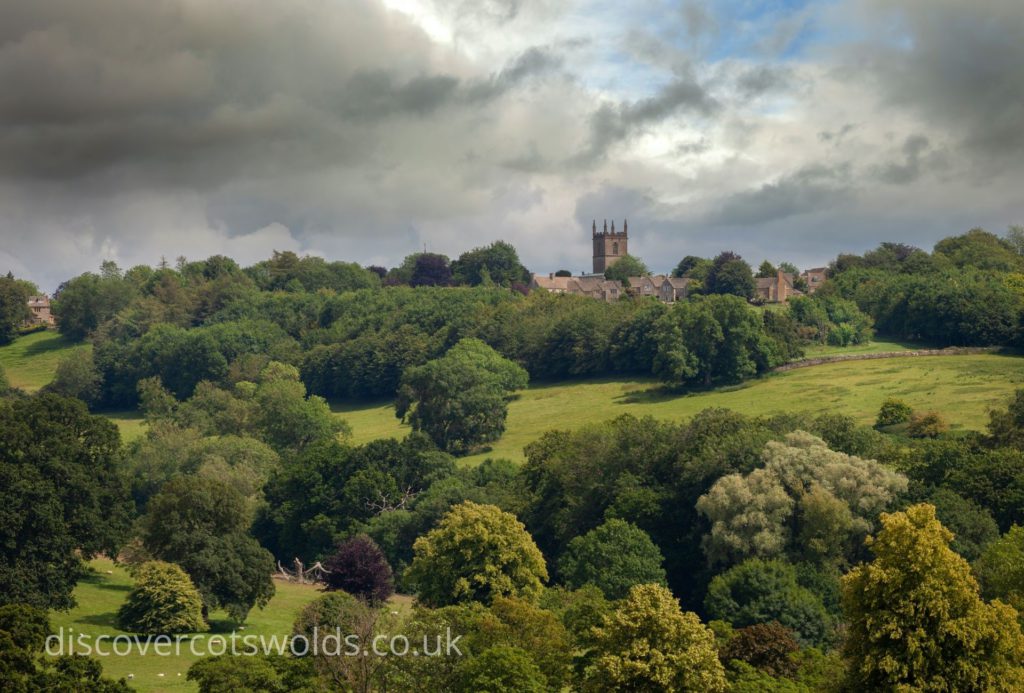
Ever since, local artisans, including butchers, bakers, candlestick makers(?) –– plus countless other craftspeople and vendors have gathered in the town square every second and last Thursday of the month from May – September, and every second Thursday from October – April to sell their traditional and not-so-traditional wares. This open-air market, featuring dozens of booths, truly represents the best in local food, produce and crafts, and is a significant draw from visitors far and wide.
Despite operating in rain or shine, market dates often change so visit the area’s official site for the most accurate updates.
If you happen to find yourself in Stow on a day when the market is not running, you can still visit the many local shops throughout town for unique goods and one-of-a-kind crafts. For example, one of the most popular home furnishings businesses in the Cotswolds area, Cotswold Company, has its flagship location in Stow.
Getting to Stow-on-the-Wold
Stow is centrally located in the heart of the Cotswold region and serves as an excellent base for exploring the North Cotswolds, including nearby villages such as Upper Slaughter. Situated just off of the A429 (turn off at High Street to enter the town centre), it can also be reached from the local westbound A436. If travelling from London, take the A41 or M40 or from Oxford, the A44. Those travelling south from Birmingham, take the M5 to Cheltenham.
Stow-on-the-Wold is accessible by public transport, with the nearest train station located in Moreton-in-Marsh, which offers direct connections to London and Oxford. The town is well-placed for exploring other popular Cotswold towns and villages such as Bourton-on-the-Water and Lower Slaughter.